 |
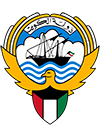 |
 |
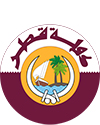 |
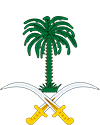 |
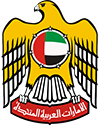 |
Compounded by participating in OPEC oil production cuts in 2017, protracted low oil prices and fiscal austerity continue to weigh on Oman’s economy. Fiscal and current account deficits remain large, and with Oman increasingly resorting to external borrowing to finance its deficits, public debt is rising rapidly. However, growth is expected to pick up over the medium term following a boost in oil and gas, and from expected gains in the non-oil sector resulting from the government’s economic diversification plan.
Growth in Oman continues to be held back this year by lower oil production and weaker consumption and investment. Real GDP growth is projected to slow down to 0.1 percent in 2017 from 2.8 percent in 2016. Record high oil production levels (1 million bd) drove overall growth in both 2015 and 2016. In 2017, Oman joined most OPEC non-members in participating in oil production cuts, leading to a contraction of the hydrocarbon sector by 2.8 percent. Non-hydrocarbon GDP growth is estimated to continue to slow down to 2.5 percent in 2017 from 3.4 percent in 2016 as public spending declines with knock-on effects on consumption and investment. According to the national consumer confidence survey, the confidence index slowed to 78.8 percent in 2016 from 95.3 percent in 2015. The current account deficit is estimated to slightly improve to 15.7 percent in 2017 from 17.4 percent of GDP in 2016 on the back of higher oil prices.
The ongoing Gulf sanctions on Qatar had raised concerns over the possibility of the disruption of gas supply to Oman from the Qatari pipeline, however, Qatari officials have confirmed they do not plan on closing the pipeline. In fact, Oman has benefited from this Gulf crisis with its ports increasingly used as a conduit for exports to Qatar.
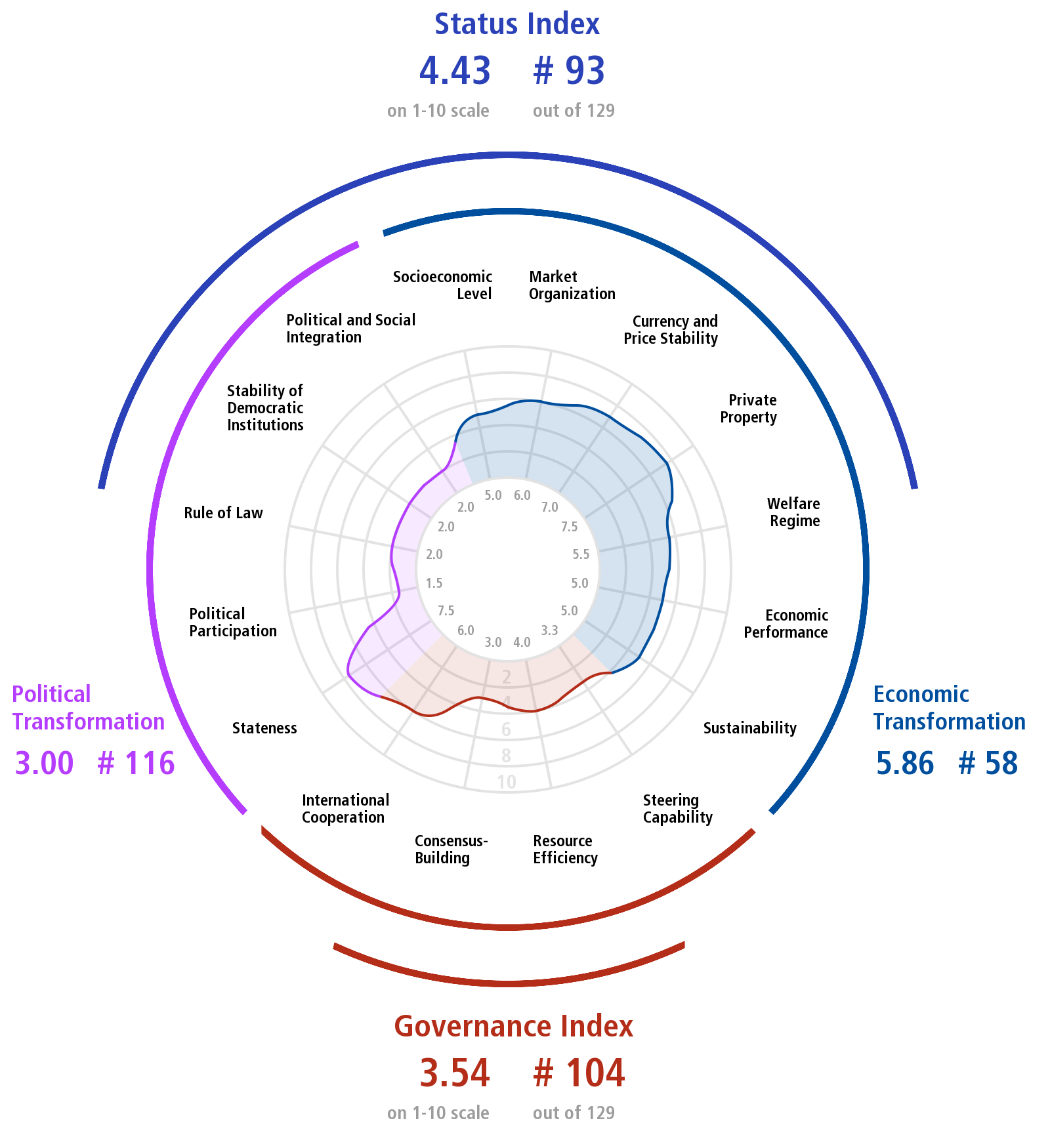
Note: Country profile information is compiled, unless otherwise stated, from the following sources:




| This website is maintained by Dr Emilie J. Rutledge, an Associate Professor of Economics and author of Monetary Union in the Gulf: Prospects for a Single Currency in the Arabian Peninsula. Emilie has developed a number of undergraduate and postgraduate courses that specifically cover the economic and sociopolitical trajectories of the six Gulf economies. Her present research interests are the Arabian Gulf’s labour market dynamics and economic diversification endeavours. Résumé Publications Consultancy |
